39 food labels country of origin
International News | Latest World News, Videos & Photos -ABC News … 10/13/2022 · Get the latest international news and world events from Asia, Europe, the Middle East, and more. See world news photos and videos at ABCNews.com Official calls for 'country of origin' food labels - NBC News IE 11 is not supported. For an optimal experience visit our site on another browser.
Food labelling: country of origin - GOV.UK If poultry, sheep, goat or swine meat is taken from animals born, reared and slaughtered in the same country, you can label it as 'Origin: [name of the country]'. Where reference is made to...
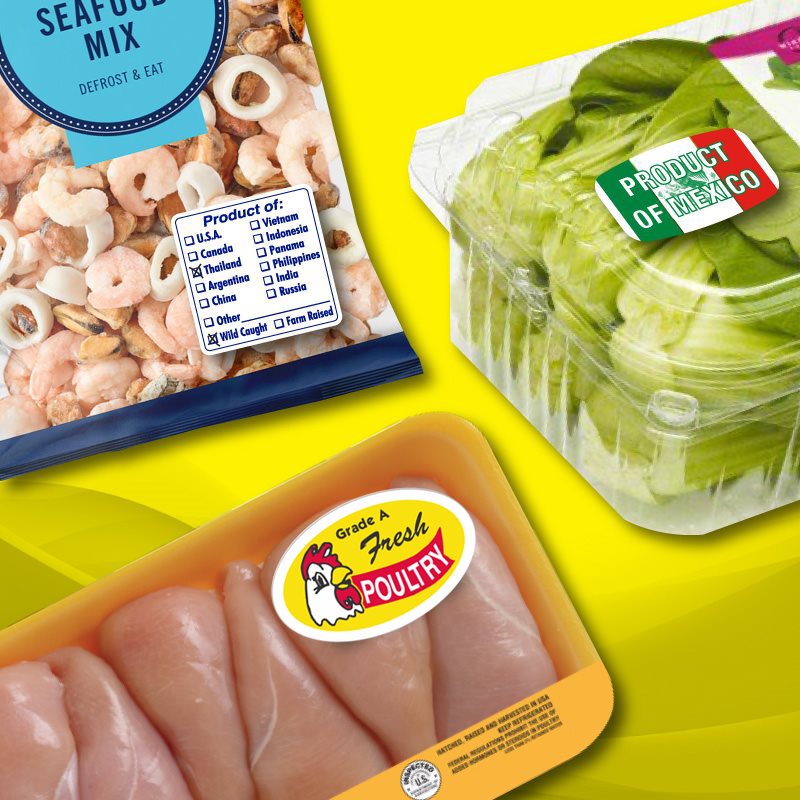
Food labels country of origin
Country of Origin Labeling (COOL) | Agricultural Marketing Service Country of Origin Labeling (COOL) is a labeling law that requires retailers, such as full-line grocery stores, supermarkets and club warehouse stores, to notify their customers with information regarding the source of certain foods. ... Food products covered by the law include muscle cut and ground meats: lamb, goat, and chicken; wild and farm ... Marking of Country of Origin on U.S. Imports Marking of Country of Origin on U.S. Imports Printer-friendly version Acceptable Terminology and Methods for Marking Every article of foreign origin entering the United States must be legibly marked with the English name of the country of origin unless an exception from marking is provided for in the law. Country of origin food labelling | business.gov.au Country of origin food labelling Last Updated: 21 May 2021 Most food products for retail sale in Australia require a country of origin label. This page helps you identify the regulation you need to comply with and the label that applies to your food product. On this page Imported foods
Food labels country of origin. Country of origin food labelling | ACCC A visual style guide is available to assist businesses to correctly design and display their country of origin food labels as required by the Standard: Three component standard mark – a graphic and text-based label which is mandatory for priority food items grown, produced or made in Australia. The label includes: Country of origin labelling - Food Standards The Australian Government introduced a country of origin food labelling system under Australian Consumer Law on 1 July 2016. Country of origin labelling requirements for food is in the Country of Origin Food Labelling Information Standard 2016, under the Competition and Consumer Act 2010. These requirements became mandatory on 1 July 2018. USDA Eases Country Of Origin Label Rules To Redistribute Foodservice ... In an effort to provide flexibilities to support the nation's food supply amid the COVID-19 national emergency, the U.S. Department of Agriculture's Agricultural Marketing Service is temporarily relaxing country of origin labeling requirements to allow food products intended for foodservice to be sold in retail establishments. Country of origin labelling - Department of Industry, Science and Resources Country of origin labelling Food products Australian food labels must say where food is grown, produced, made or packed. This helps consumers make informed decisions about the food they buy. Tools for business If you sell food in retail stores in Australia, you must consider if your products need country of origin food labels.
Country of Origin Labeling - an overview | ScienceDirect Topics Barbara Rasco, in Ultrasound: Advances for Food Processing and Preservation, 2017. 20.7 Country of Origin Labeling (COOL). Country of origin labeling (7 CFR Part 60 et seq.) is a retail-level requirement that provides consumers with notification about the geographic origin of certain foods they buy.Manufacturers provide the country of origin on packaged foods under this mandatory program and ... Health News | Latest Medical, Nutrition, Fitness News - ABC News - ABC News Get the latest health news, diet & fitness information, medical research, health care trends and health issues that affect you and your family on ABCNews.com Must processed food products have a country of origin label? - USDA Jul 17, 2019. Knowledge Article. Retail items that meet the definition of a processed food item do not require labeling under the COOL final rule. For more information, visit Common Questions & Answers on Country of Origin Labeling. Live chat: Country of origin labelling for food products - Canadian Food ... In Canada, there are mandatory requirements for certain food products to indicate the country of origin on their labels. Companies may also make voluntary claims to highlight the origins of a product or ingredient in a product. Country of origin labelling does not provide information on the safety of a food product.
Food labelling FAQs | ACCC On 1 July 2016, a new country of origin food labelling system commenced under the Australian Consumer Law (ACL). Businesses will have two years to sell current stock and change their labels to comply with the new law before it becomes mandatory on 1 July 2018. ... Country of origin labels can be placed anywhere on the packaging, but the words ... Country of origin food labelling resources | business.gov.au 5/21/2021 · Imported priority foods must, as a minimum, carry a country of origin statement in a clearly defined box (the box is not required if the food is being sold unpackaged). Example of a country of origin statement in a clearly defined box below: The outline box is not required on imported non-priority food products. Country of origin food labelling fact sheet | ACCC This fact sheet provides an overview of the Country of Origin Food Labelling Information Standard 2016, which requires origin information to be displayed for most food products offered or suitable for retail sale in Australia. Translations. Arabic العربية - Country of origin food labelling fact sheet ( PDF 196.27 KB ) Country of origin labelling online tool | business.gov.au When you're ready to create your country of origin label, make sure you know: if your product contains Australian ingredients the percentage (or average percentage) of Australian ingredients in your product the name of the country where your product was made ('last substantially transformed ') or virtually all of its processing was undertaken
Country of origin food labelling | ACCC A food that cannot claim to have been grown, produced or made in a particular country will generally be labelled according to where it was 'packed in'. The labels The Standard sets out three general formats for country of origin labelling.
Country of Origin Labels | Supermarket Labels | 1-800-882-5104 Country of Origin labeling is a consumer labeling law that requires the country of origin be listed on specific food product labels. Call 1-800-882-5104 for a quote. As the list grows, order your country of origin labels.
Country of Origin Labeling (COOL) Frequently Asked Questions The abbreviations "P.R. China" and "China" are acceptable for country of origin marking purposes for products originating from the People's Republic of China. Either "Netherlands" or "Holland" is an acceptable abbreviation for The Netherlands.
Country of Origin Labeling (COOL) | Agricultural Marketing Service Country of Origin Labeling (COOL) is a labeling law that requires retailers, such as full-line grocery stores, supermarkets and club warehouse stores, to notify their customers with information regarding the source of certain foods.
San Francisco Restaurant Reviews, Recipes, Wine & Spirits - SFGATE Find food and wine reviews and news on San Francisco restaurants, recipes, cooking, chefs, cocktails and bars — SFGate
Which foods are covered in the country of origin labeling law? - USDA Knowledge Article. Foods that must be labeled with their country of origin are: 1. Muscle cuts of beef (including veal), lamb, pork, goat, and chicken; 2. Ground beef, ground lamb, ground pork, ground goat, and ground chicken; 3. Wild and farm-raised fish and shellfish; 4.
Country of origin | NSW Food Authority Some unpackaged food, including fresh and processed fish, pork, beef, sheep and chicken mince, fruit and vegetables, must also display a country of origin label. These labels can only be used if the key ingredients in the food originated in Australia and the food is manufactured in Australia: Product of Australia. Produced in Australia.
Country of origin labelling online tool | business.gov.au 5/21/2021 · The tool only generates standard mark labels. It doesn’t generate country of origin statements (without the outline box) but it does show you how to create your own origin statement. If the tool recommends no label, it means the food product does not require a standard mark or a country of origin statement. Prepare to use the online tool
Country of Origin Food Labeling | Jenn David Design The Country of Origin Labeling requirement states that "Food labeling statements regarding geographical origin must not be false or misleading in any particular." So it would be incorrect to state that the cocoa is a product of both Mexico and Chile on the label. You would need two labels in this case—one for each respective country of origin.
CPG Sec. 560.200 Country of Origin Labeling - Food and Drug Administration country becomes the country of origin within the meaning of *CBP's* labeling requirements, 19 CFR 134.1(b) and 134.11. As a result of *CBP's* seizure actions and other regulatory follow-up
New food labels should go further than country of origin - The Conversation Australia's new country of origin food labelling laws come into effect on July 1, 2016. The new labels will indicate if food is grown or made in Australia and the proportion of Australian ...
Packaging and labelling | Food Standards Agency The following information must appear by law on food labels and packaging: ... Where EU Law requires an indication of a Member State in respect to country of origin, food businesses must ensure that where food has originated in Northern Ireland, such indications should be in the form “UK(NI)” or “United Kingdom (Northern Ireland)". ...
Foods Get Country of Origin Labels - WebMD New Food Labels Show Country of Origin . Stores to Show Country of Origin for Beef, Chicken, Pork, Fruits, Vegetables, and Other Items
Organic food - Wikipedia Organic food production is distinct from private gardening.In the EU, organic farming and organic food are more commonly known as ecological or biological, or in short 'eco' and 'bio'. Currently, the European Union, the United States, Canada, Japan, and many other countries require producers to obtain special certification based on government-defined standards to …
Country of origin food labelling | business.gov.au Country of origin food labelling Last Updated: 21 May 2021 Most food products for retail sale in Australia require a country of origin label. This page helps you identify the regulation you need to comply with and the label that applies to your food product. On this page Imported foods
Marking of Country of Origin on U.S. Imports Marking of Country of Origin on U.S. Imports Printer-friendly version Acceptable Terminology and Methods for Marking Every article of foreign origin entering the United States must be legibly marked with the English name of the country of origin unless an exception from marking is provided for in the law.
Country of Origin Labeling (COOL) | Agricultural Marketing Service Country of Origin Labeling (COOL) is a labeling law that requires retailers, such as full-line grocery stores, supermarkets and club warehouse stores, to notify their customers with information regarding the source of certain foods. ... Food products covered by the law include muscle cut and ground meats: lamb, goat, and chicken; wild and farm ...
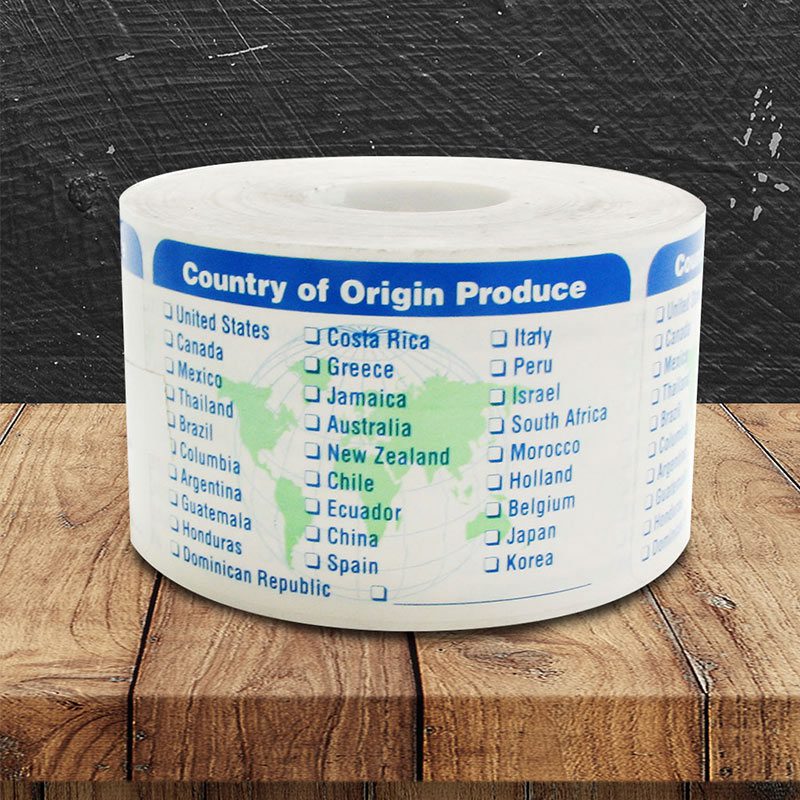

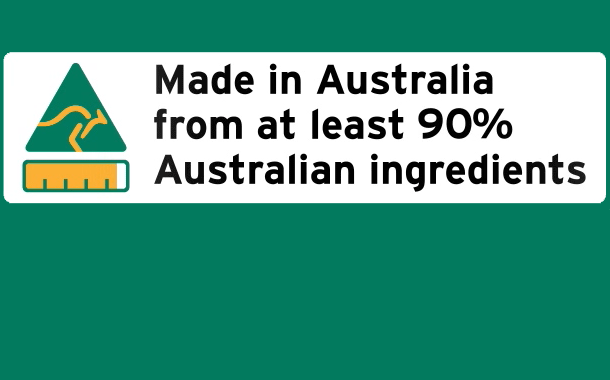
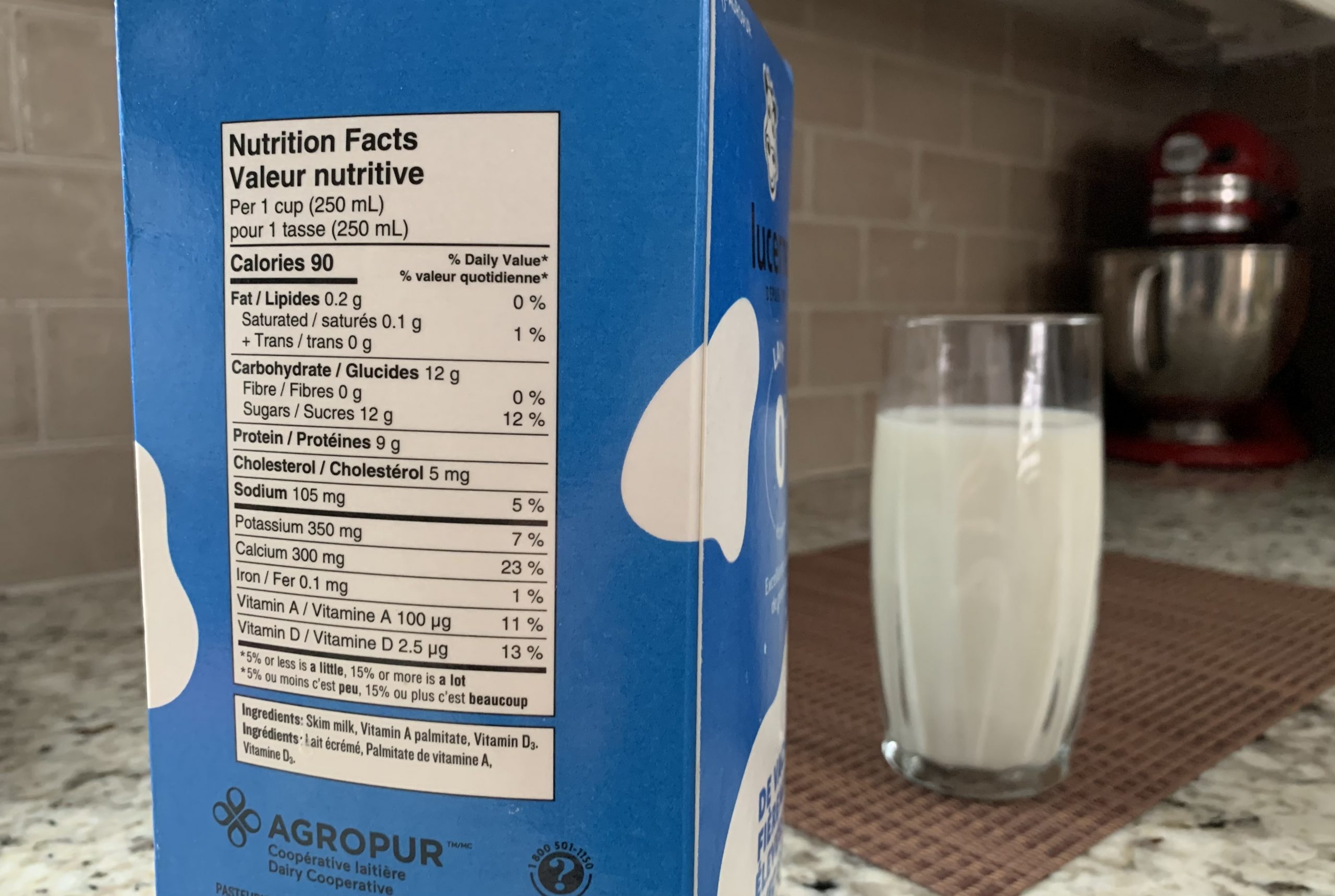
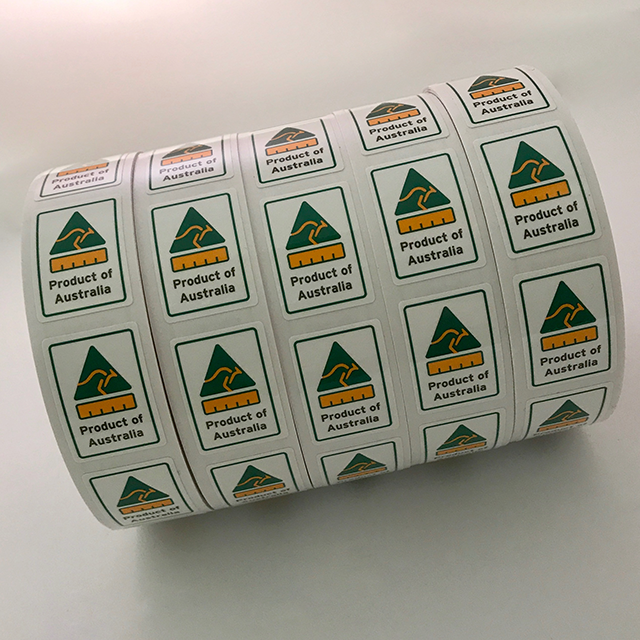
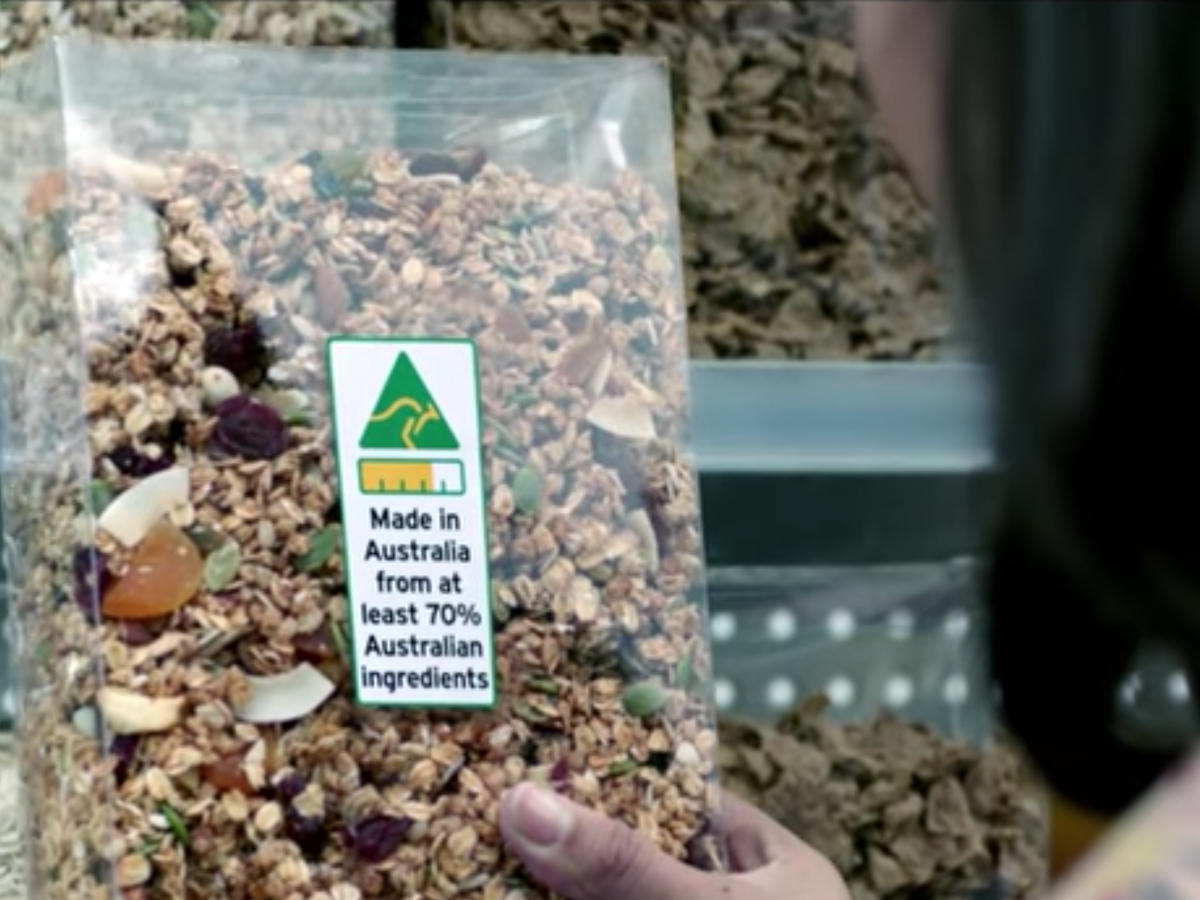
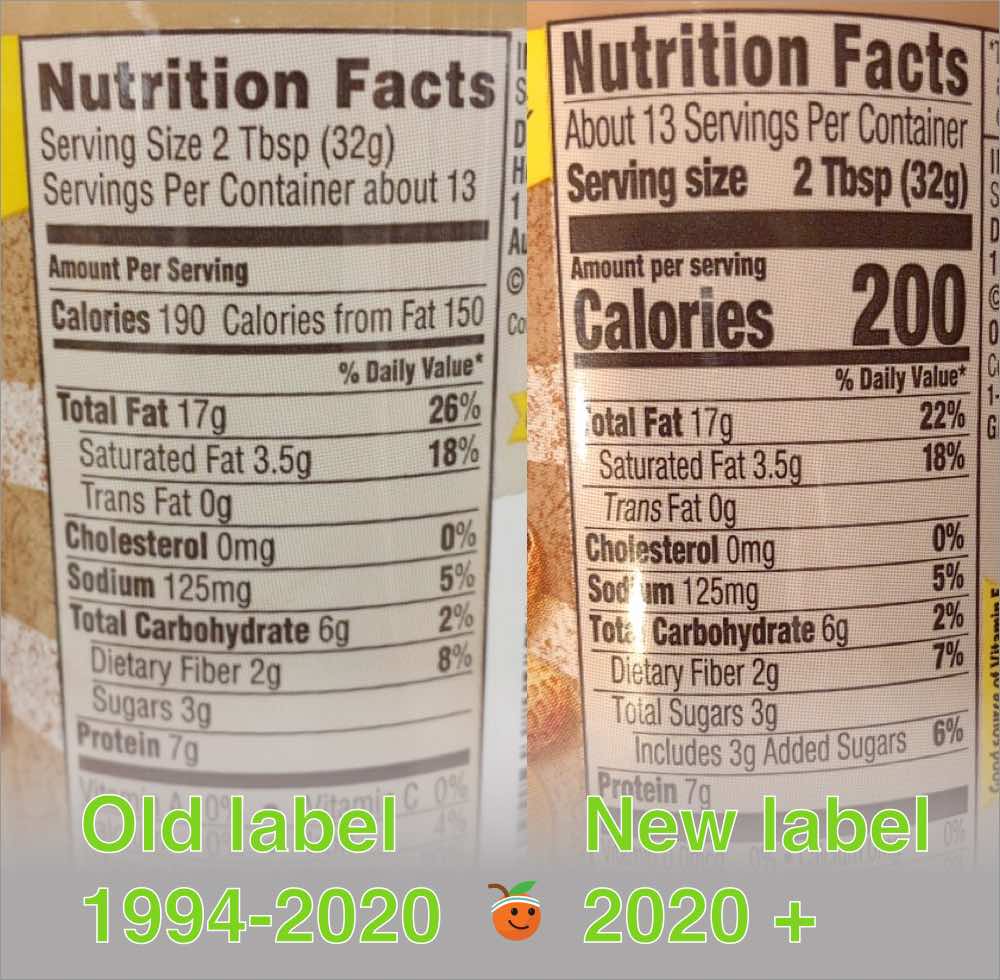
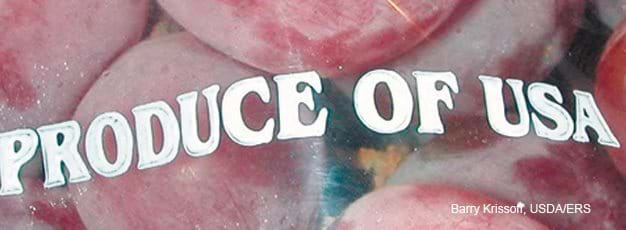


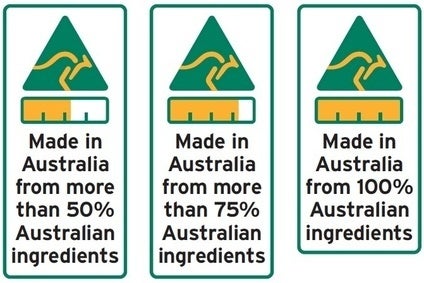


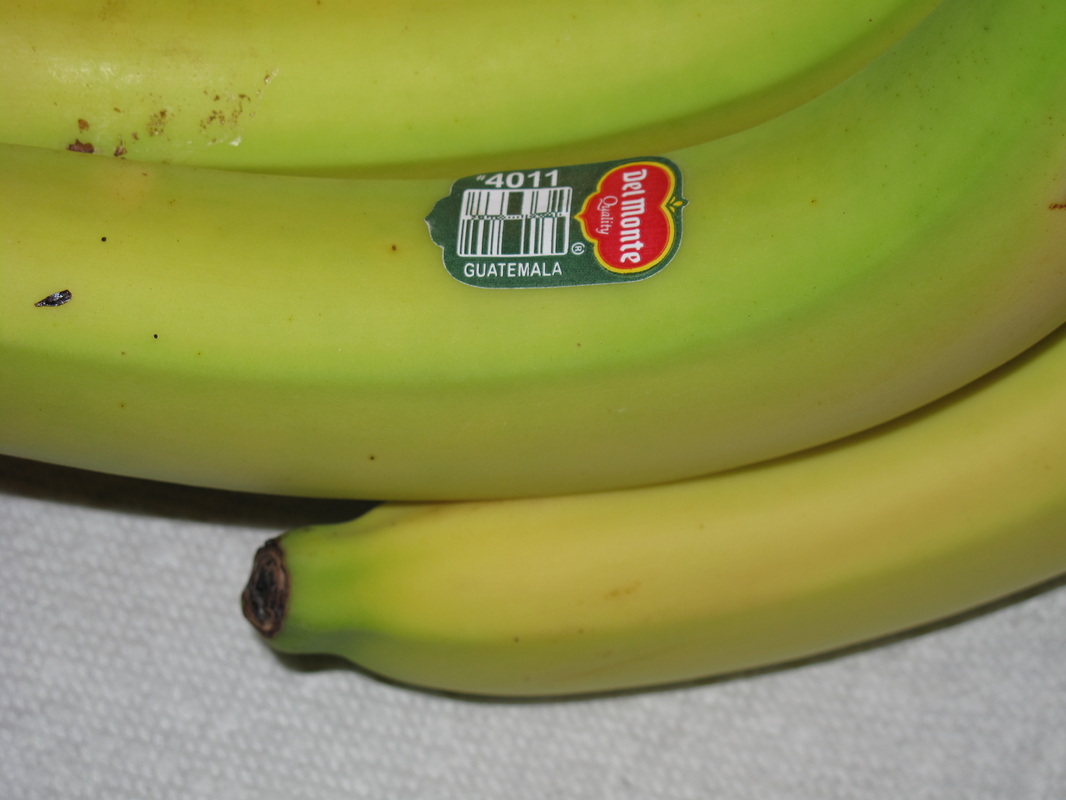

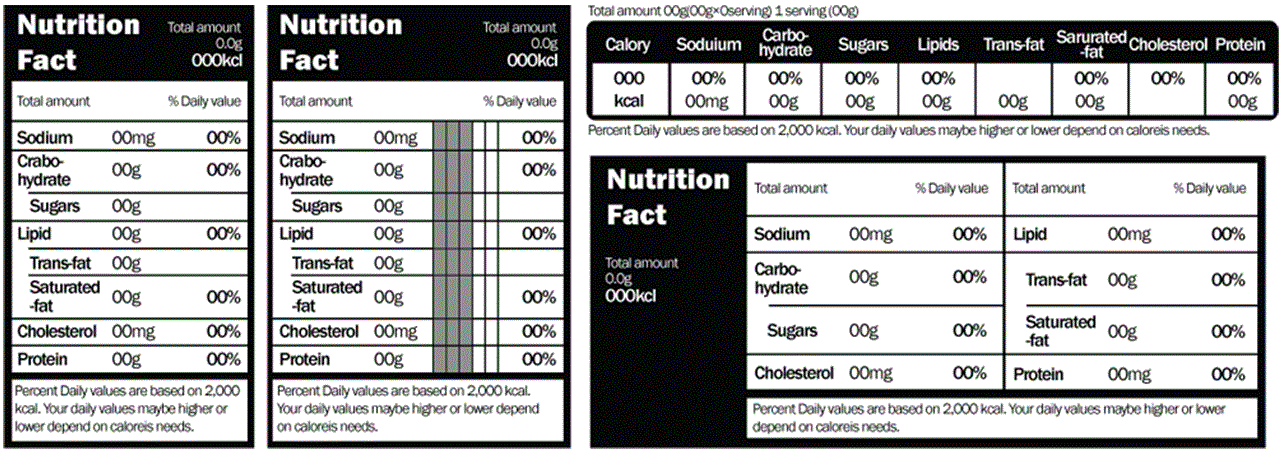



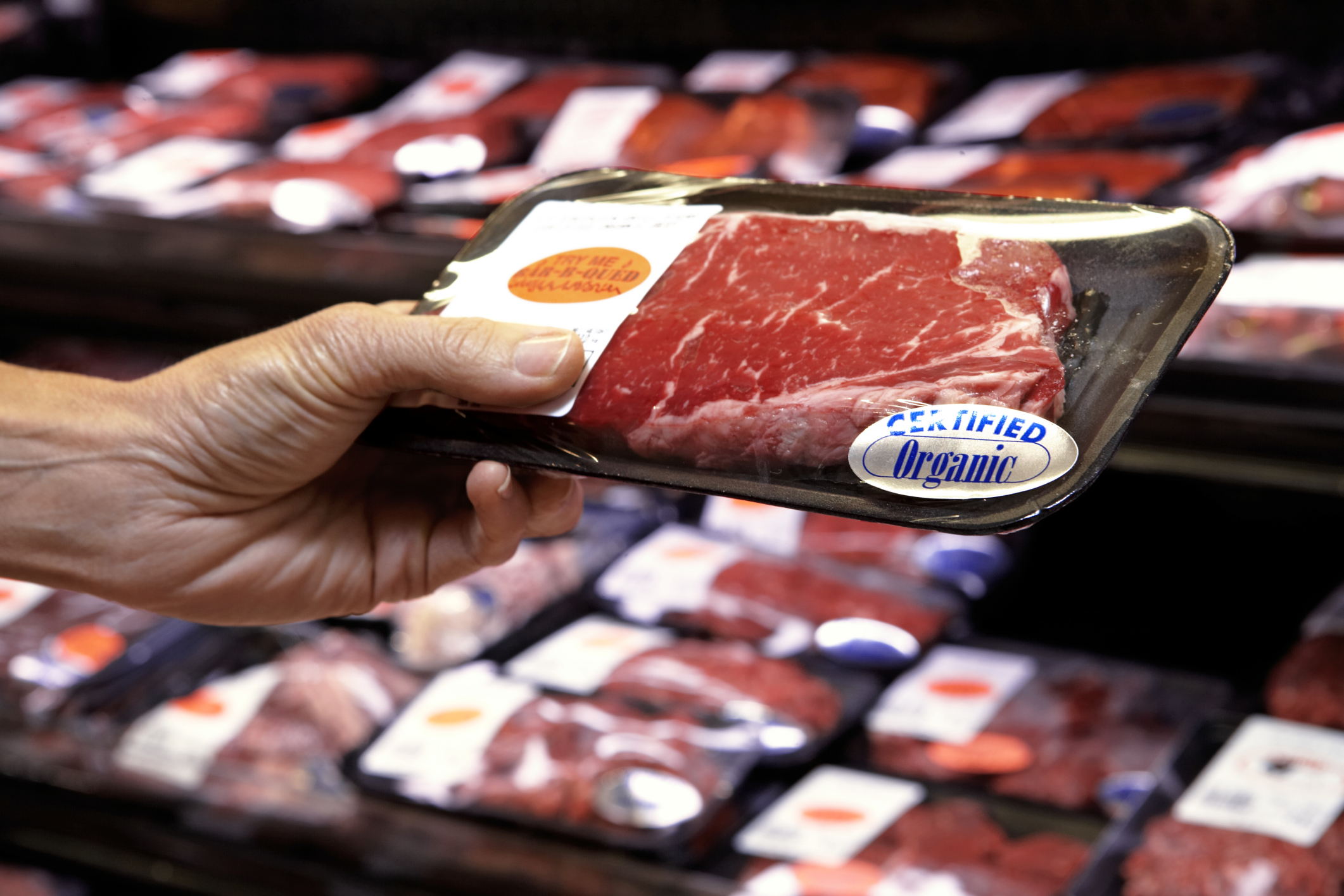




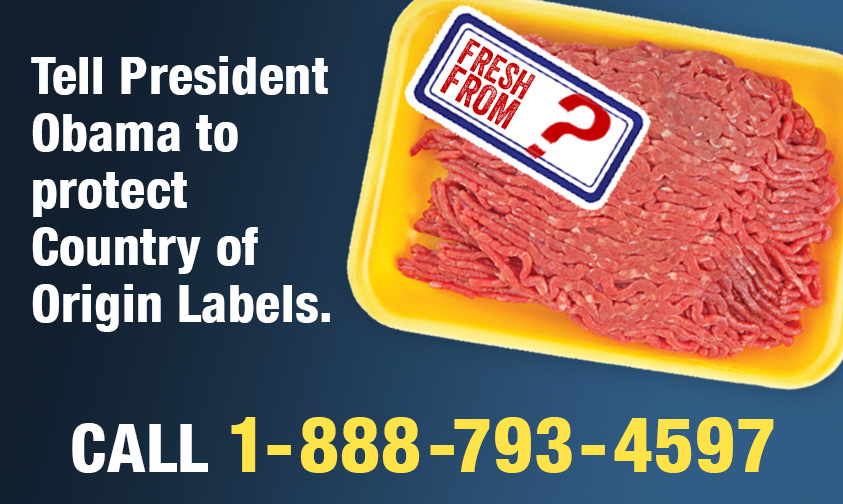
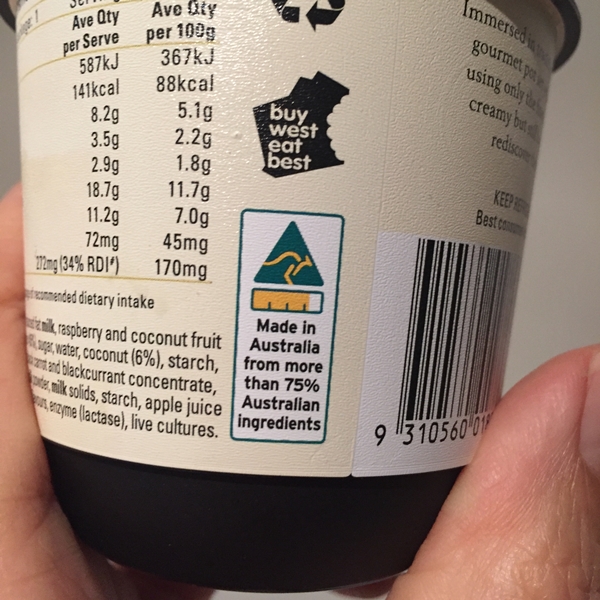


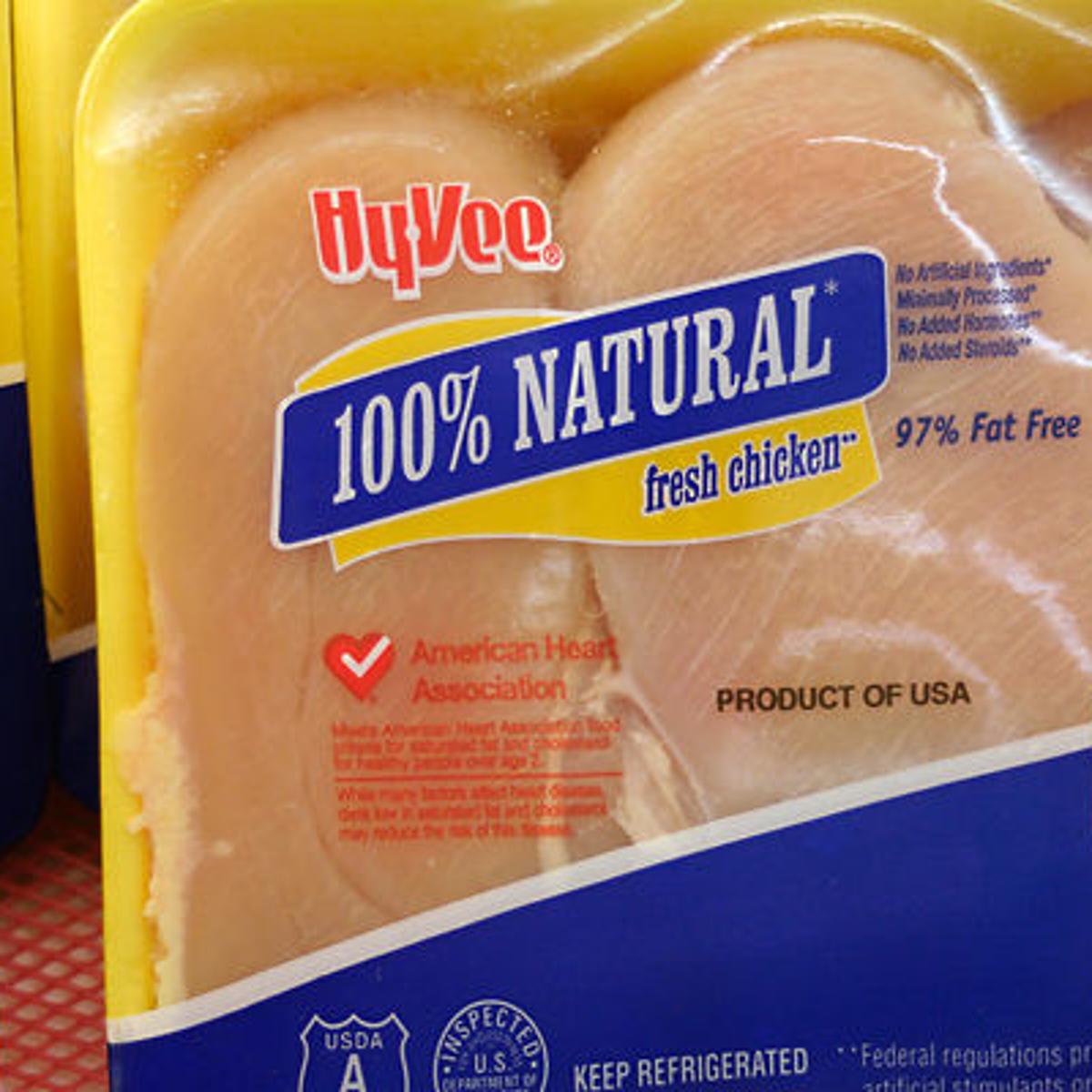
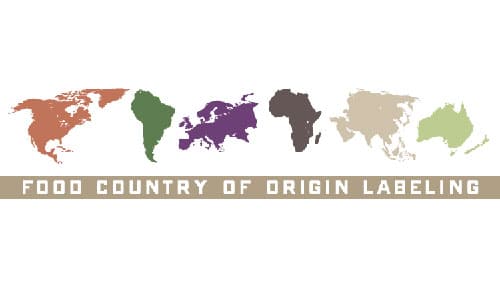
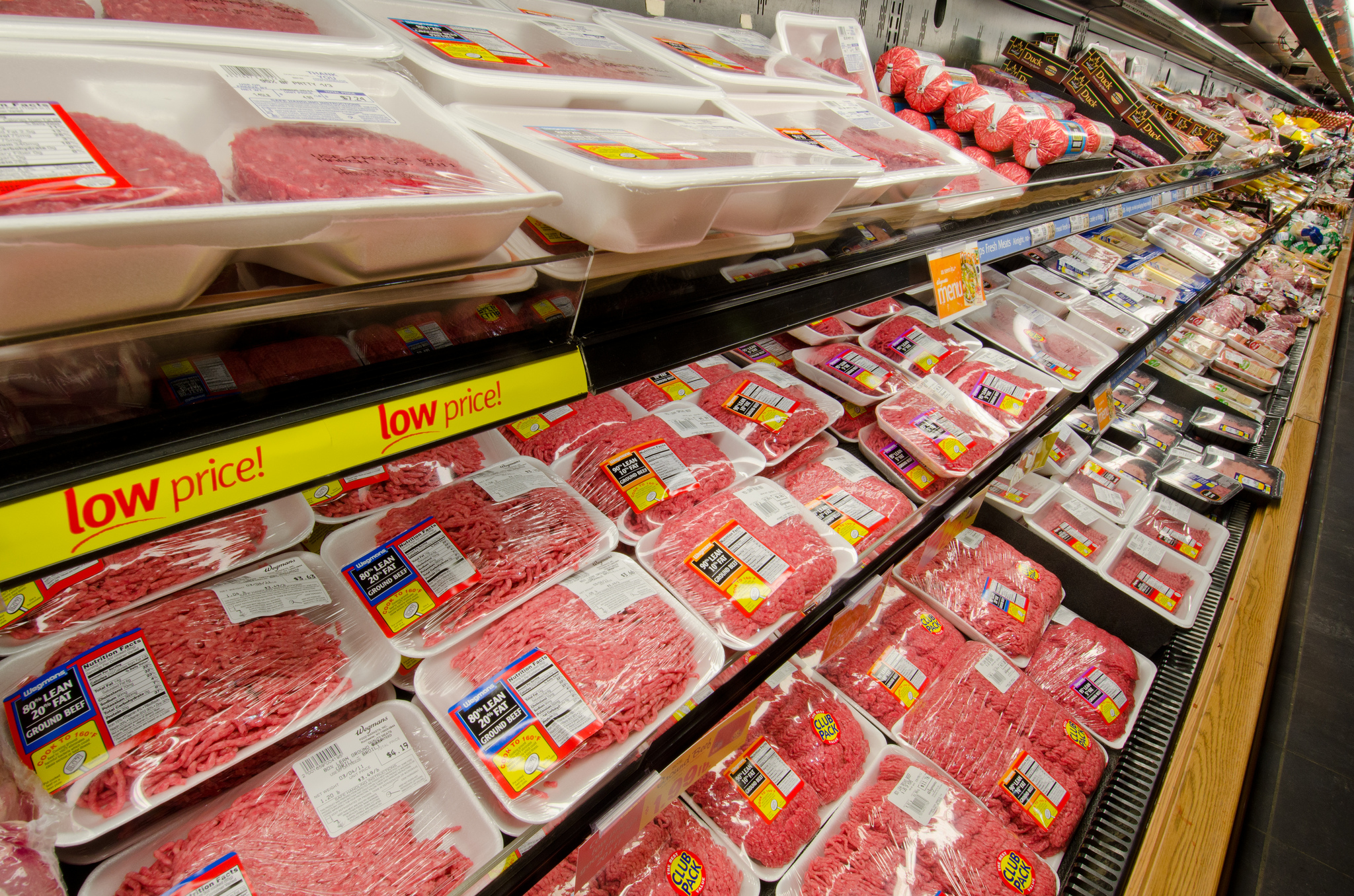
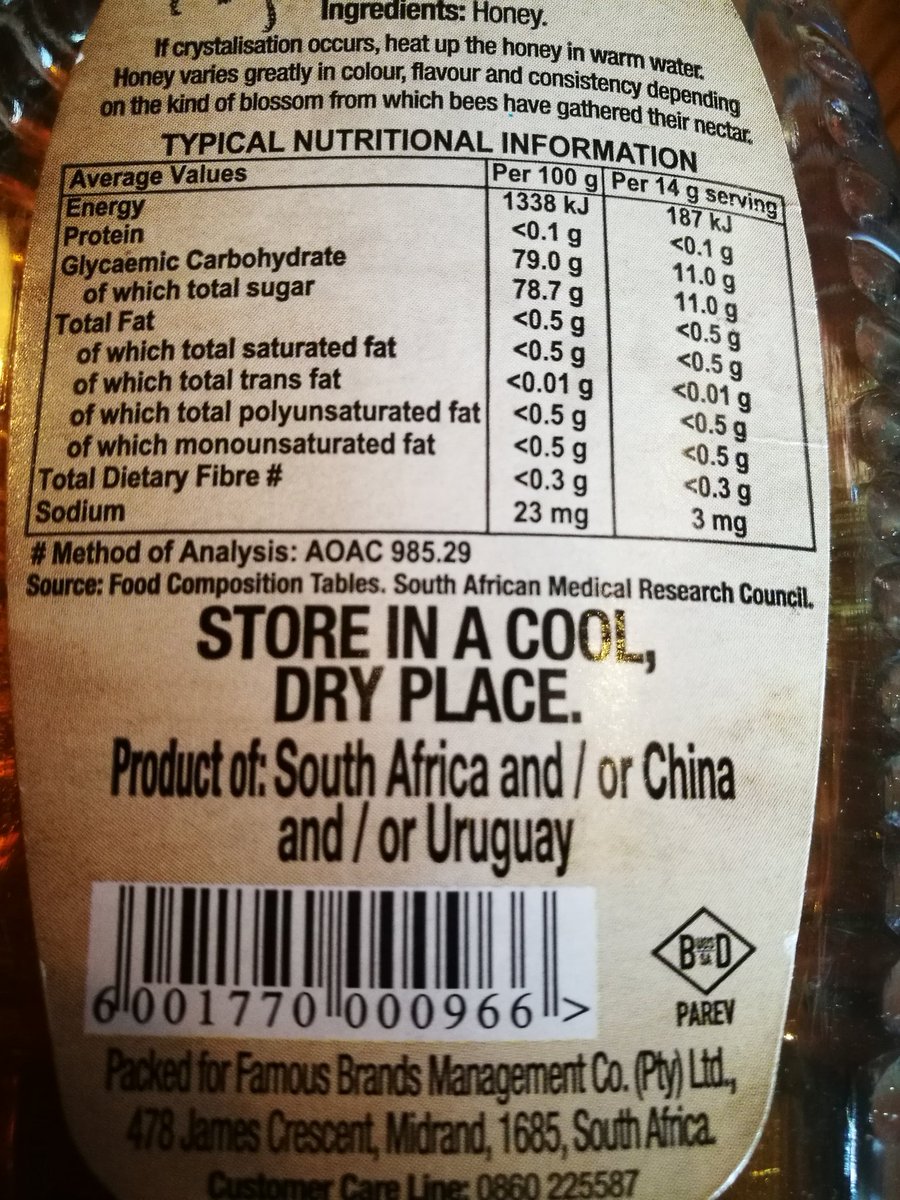

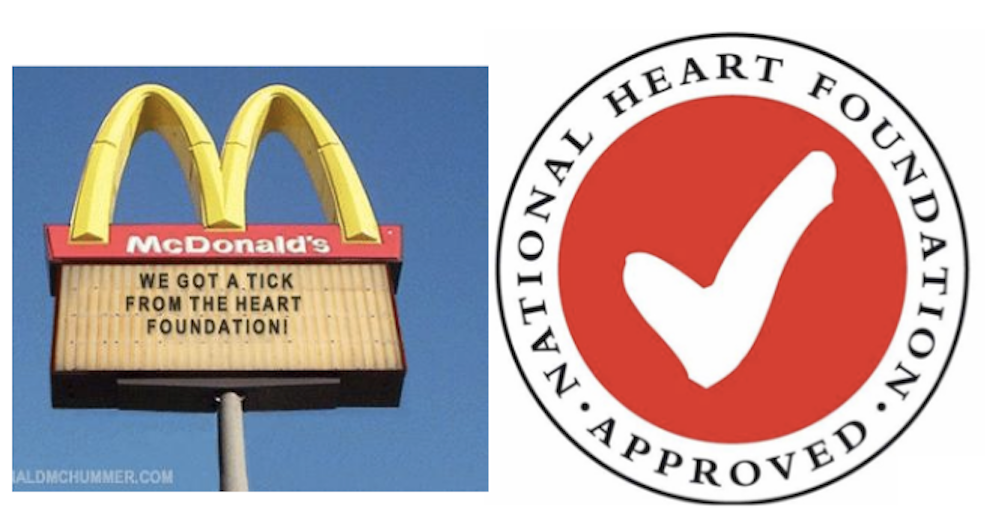
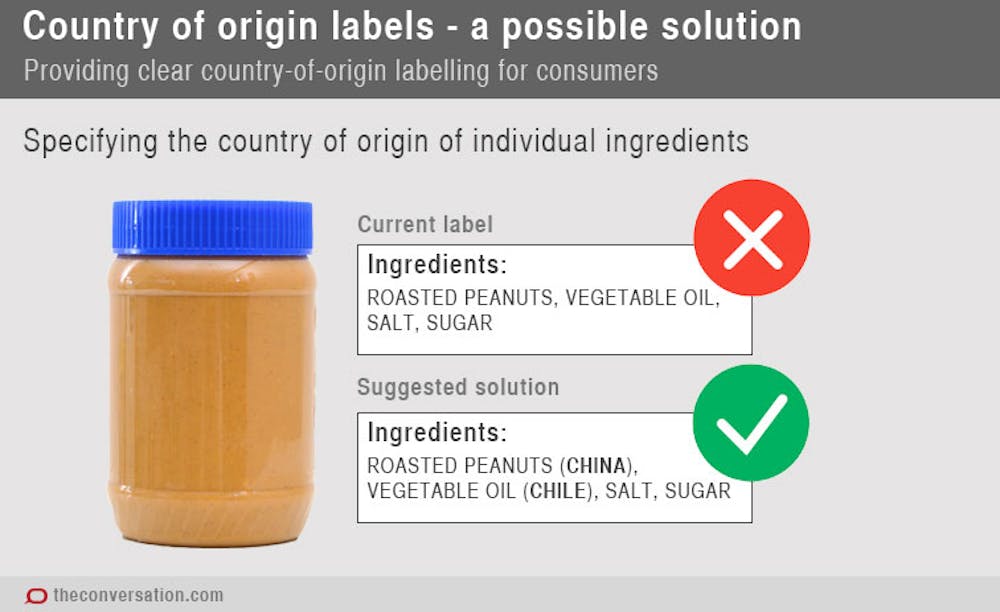
Post a Comment for "39 food labels country of origin"